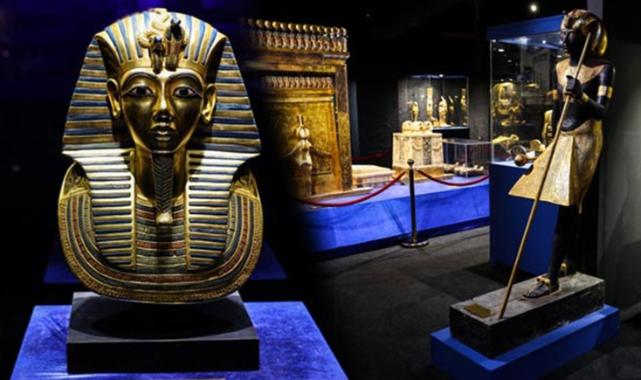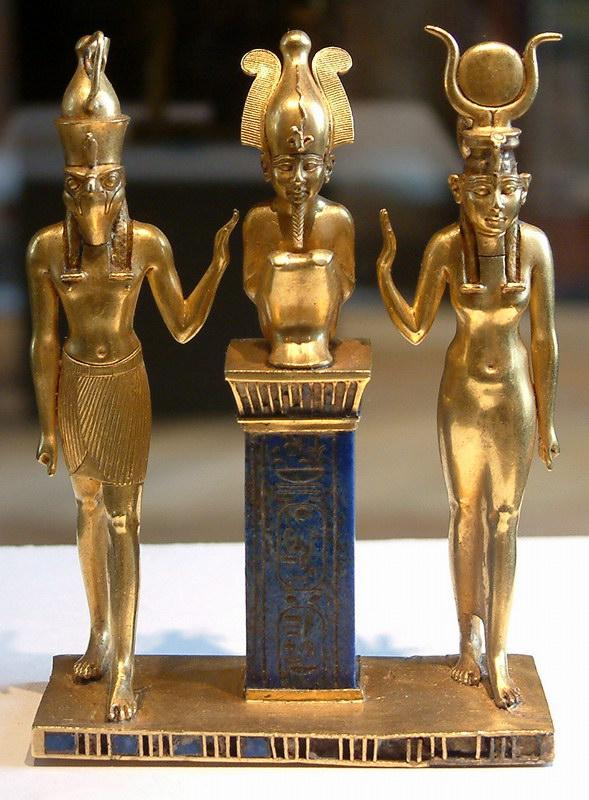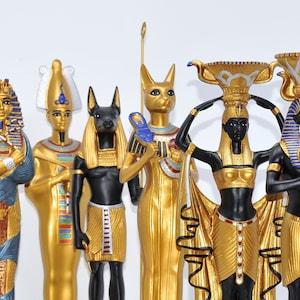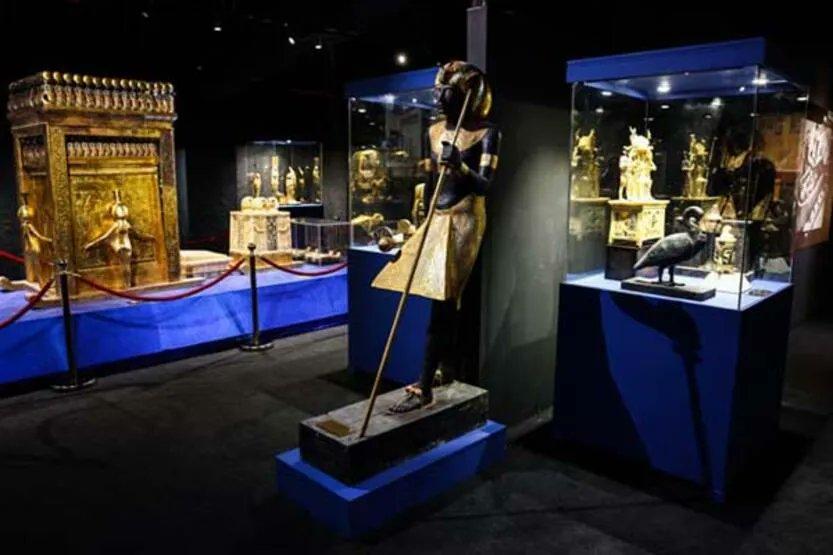Tutankhamun, the famous pharaoh of ancient Egypt; He is the child king who came to the throne 3300 years ago and is famous for his treasures. It has been attracting people’s attention for 100 years due to its tragic life story and unsolved mysteries. The “Child King’s Treasures” exhibition, which will open in Istanbul on January 20, will offer the opportunity to explore Tutankhamun’s belongings and his Ancient Egypt experience. The exhibition will remain open until the end of March 2023.

Tutankhamun ruled at the end of the 18th dynasty during the New Kingdom of Ancient Egypt. He lived between 1332 BC – 1323 BC, ascending the throne at the age of 9 and dying suddenly at the age of 19. After his grave was found, many researchers were made about the cause of death, but a definitive conclusion could not be reached. A solid golden coffin, golden face mask, thrones, bows, trumpets, lotus goblets, furniture, food, wine, sandals, and many other items were found in his tomb. Known as the “funeral mask”, the golden mask is among the most magnificent of the items found in the tomb.

Tutankhamun’s treasure has been exhibited in many countries from Asia to Europe since the year it was found. The Tutankhamun, Child King’s Treasures Exhibition has traveled the world’s major metropolises for more than 60 years and has garnered more than 40 million visitors. The exhibition, which will be opened in Istanbul, will be presented to the taste of history, culture, and art lovers on the 100th anniversary of the discovery of the treasure in the Valley of the Kings in Egypt. One of the most important archaeological discoveries of the 20th century, Tutankhamun’s treasure is very popular around the world. The treasure is famous for its wealth and inspiration.

Given valuable information about the place and importance of Ancient Egypt and Tutankhamun, one of the most important civilizations in history, in this magnificent civilization, Prof. Dr. İlber Ortaylı said the following:

Tutankhamun came to the throne at a tumultuous time in Egyptian history. Tutankhamun’s father, Akhenaten (or also known as Amenhotep IV) was a pharaoh of the new 18th dynasty of Egypt. In the 6th year of his reign, he decided to leave Thebes, which had been the capital of Egypt for centuries, and establish a new capital in the untouched lands known today as Tel el-Amarna. Akhenaten removed the names of other gods from the temples in order to destroy belief in other gods and to establish the Aten religion. Aten is the only god related to the Sun, who is thought to have passed from Babylonia to Egypt. It can be considered the beginning of monotheistic Hebraw religions.

One of his most important known wives was the Mitanni princess Nefertiti. After Akhenaten was deposed, one of his sons, Tutankhamun, took the throne at the age of 9. He also died at an early age. During his reign, Egypt reverted to its ancient polytheistic religion. The priests of Amun were also rehabilitated. But it is a fact that Tutankhamun is the pharaoh we know best because of the discovery of his tomb in the 20th century and the resurrection of Egyptian civilization.

Certainly. Before Tutankhamun, the times of the kings in Egypt were marked by uncertainty. The great pyramids named Cheops, Khafre, and Menkaure were built in those times, and all of them were unfortunately robbed. However, Tutankhamun’s underground tomb is perfectly preserved, and when it was discovered by British Archaeologist Howard Carter in 1922, it held an important position as the only pharaoh whose treasures had survived without his tomb being robbed.

When Pharaoh Tutankhamun died, his body was embalmed within 70 days. Valley of the Kings in Luxor, he was taken to the cemetery numbered 69. Discovered by British archaeologist Howard Carter in 1922, Tutankhamun’s treasure had a great impact around the world, and the artifacts found became symbols of Ancient Egypt. There are exact replicas of 409 works specially selected from the treasures in the exhibition held for Tutankhamun, also known as the ‘Golden King’ because all of the items in his tomb were made of solid gold. These works illuminated many aspects of the history of ancient Egyptian civilization.

The Child King’s Treasure Exhibition would feature golden death masks, coffin decorated with depictions of Egyptian goddesses Isis, Nephthys, Neith, and Selket, as well as a bed made of gilded wood, chariots, and golden throne depicting his love with Tutankhamun’s wife Queen Ankhesenamun. Golden throne depicting his love with Tutankhamun’s wife, Queen Ankhesenamun, child king while hunting hippopotamuses. There are statues depicting various furniture, horse-drawn carriages, weapons such as bows and arrows, and interesting artifacts such as the “dagger from outer space” made from a meteorite that fell in Anatolia. One of the genetic defects, which is stated to play a role in Tutankhamun’s death at a young age, was causing him to limp on one of his feet. For this reason, examples of his walking sticks and replicas of hundreds of his possessions, which were astonishing when his grave was found, are on display.





